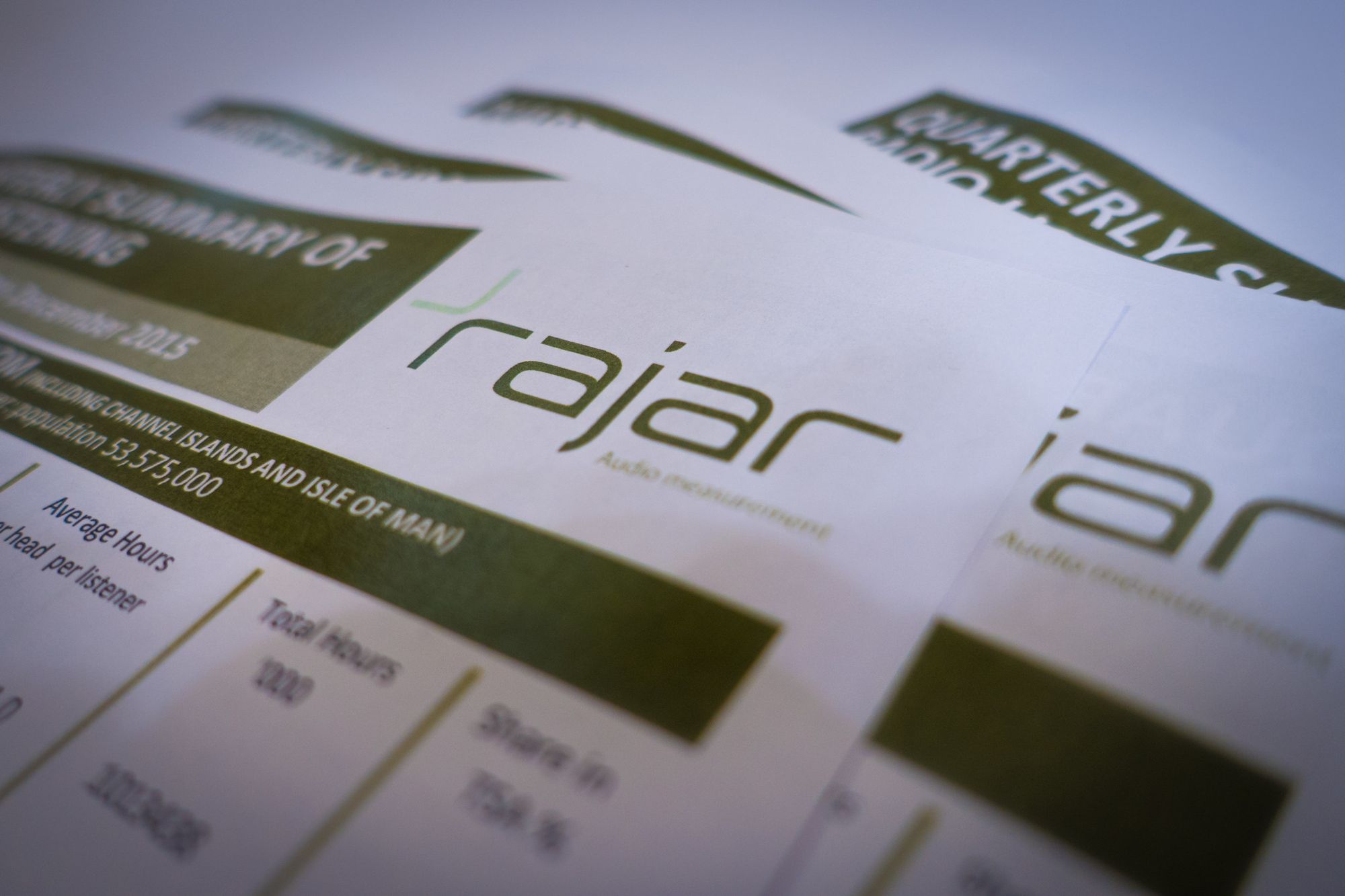Introduction:
In the fast-paced world of radio broadcasting, the right equipment can make all the difference. As technology continues to advance, audio interfaces have become essential tools for delivering high-quality broadcasts. Among the top contenders in the market are the Go XLR and Rodecaster Pro 2, two powerful options that promise to revolutionize your radio broadcasting experience. In this blog post, we will compare and contrast these two juggernauts to help you make an informed decision for your broadcasting needs.
Design and Build Quality:
Both the Go XLR and Rodecaster Pro 2 boast robust construction and sleek aesthetics. The Go XLR features a compact design that fits seamlessly into any studio setup, while the Rodecaster Pro 2 is slightly larger but offers a more tactile control layout with dedicated buttons and knobs for various functions. Depending on your preferences and studio space, either design may be the better choice.
Audio Quality:
Audio quality is paramount for a successful radio broadcast. The Go XLR utilizes a high-quality preamp and onboard digital signal processing, ensuring crisp and clear sound for your audience. On the other hand, the Rodecaster Pro 2 impresses with its Class-A microphone preamps and low-noise circuitry, delivering broadcast-grade audio that satisfies even the most discerning listeners.
Number of Channels and Inputs:
The number of available channels and inputs is a crucial factor for broadcasters handling multiple sources simultaneously. The Go XLR offers up to four channels, ideal for managing your microphone, music, and other audio sources. Meanwhile, the Rodecaster Pro 2 raises the bar with eight channels, accommodating various microphones, external soundboards, and smartphone connections, giving you more flexibility during live shows.
Customization and Control:
Customization options play a vital role in tailoring your broadcast to your specific needs. The Go XLR boasts an intuitive software interface that allows you to fine-tune audio settings, create custom vocal effects, and manage audio routing with ease. Similarly, the Rodecaster Pro 2's touchscreen interface provides intuitive control over various parameters, making it easy to adjust levels and effects on-the-fly. Both interfaces offer excellent customization options, with the Rodecaster Pro 2 taking a slight edge for its tactile experience.
Features and Integration:
When it comes to features, the Rodecaster Pro 2 packs a punch. Its built-in touchscreen, sound pads for jingles and effects, and versatile smartphone integration make it an all-in-one solution for radio broadcasters. Additionally, the Rodecaster Pro 2 allows for direct streaming to platforms like YouTube Live, providing a seamless workflow for online radio broadcasting. While the Go XLR is no slouch, the Rodecaster Pro 2 stands out for its extensive feature set.
Conclusion:
In the battle of Go XLR vs. Rodecaster Pro 2 for radio broadcasting, both devices have their strengths. The Go XLR impresses with its compact design, excellent audio quality, and intuitive software interface. On the other hand, the Rodecaster Pro 2 offers superior flexibility with more channels, a tactile control layout, and an extensive range of built-in features.
Ultimately, the choice between the Go XLR and Rodecaster Pro 2 will depend on your specific broadcasting requirements and preferences. If you value a smaller form factor and intuitive software control, the Go XLR is an excellent option. However, if you seek greater versatility, more channels, and a hands-on control experience, the Rodecaster Pro 2 may be the better fit for your radio broadcasting endeavors. Whichever option you choose, rest assured that both devices will elevate your broadcasts to new heights of audio excellence. Happy broadcasting!




